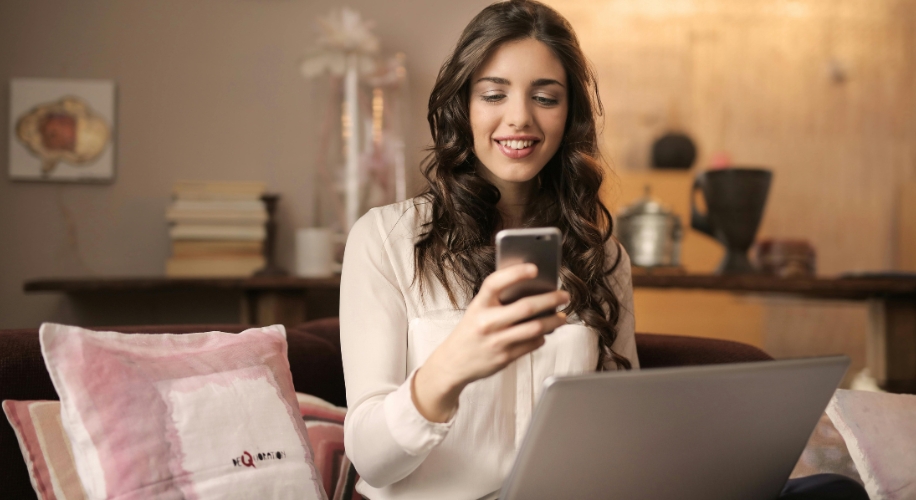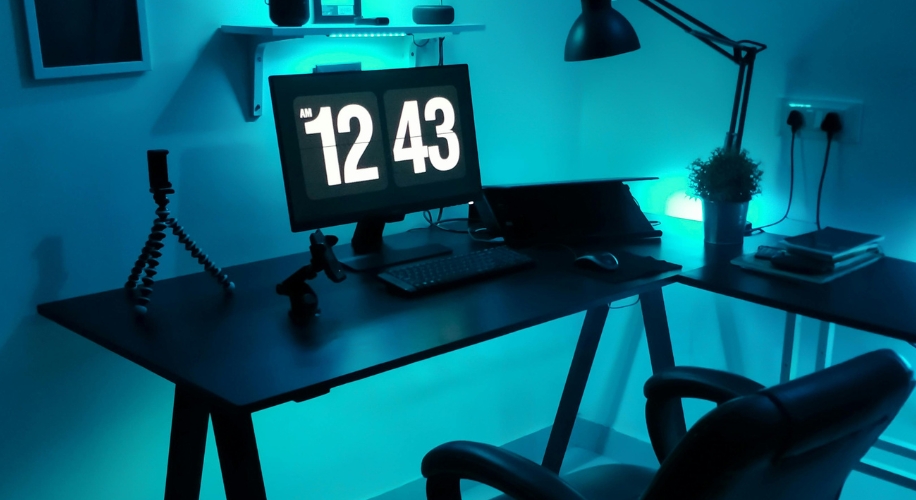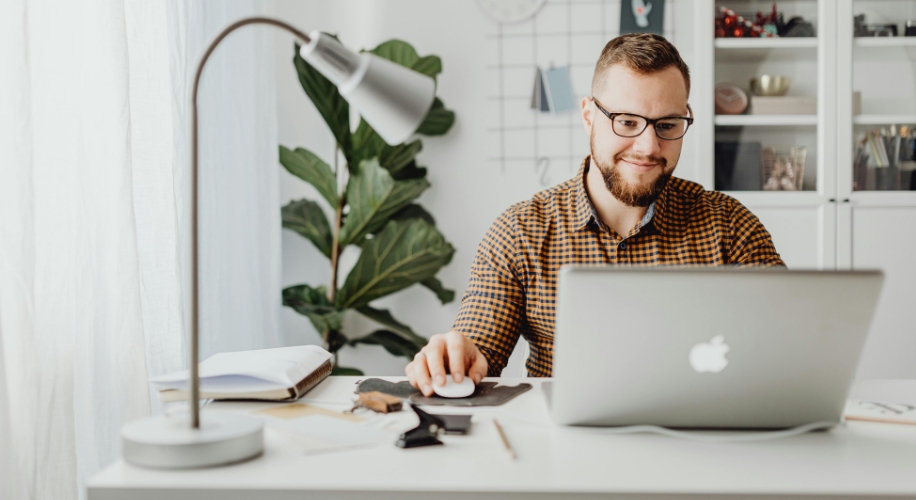Ways to Reduce Blue Light from Screens
 Photo by Andrea Piacquadio
Photo by Andrea Piacquadio
In today’s digital age, our eyes are constantly bombarded by the glow of screens. Whether it’s our smartphones, tablets, computers, or televisions, we spend hours staring at these devices every day. However, there is a hidden hazard: blue light.
The Harmful Effects of Blue Light
Blue light is a high-energy, short-wavelength light emitted by digital screens. While exposure to natural blue light from the sun is essential for regulating our circadian rhythm and boosting alertness, prolonged exposure to artificial blue light can lead to eye strain, digital eye fatigue, and even disrupt our sleep patterns.
Blocking Blue Light
Fortunately, there are several ways to mitigate the harmful effects of blue light and protect our precious eyesight. These tools work by reducing the amount of blue light that reaches the eyes, helping to alleviate discomfort and potentially improving sleep quality.
Blue Light Blocking Glasses
Blue light blocking glasses can significantly reduce the amount of blue light that reaches your eyes. These glasses are equipped with special lenses that filter out a portion of blue light, thereby minimizing eye strain and fatigue.
 Photo by Sharad Kachhi
Photo by Sharad Kachhi
Screen Filters
Another option is to apply a screen filter or blue light filter directly onto your digital devices. These filters work by altering the color of the light emitted from the screen, making it warmer and less harsh on the eyes.
Adjusting Display Settings
Most digital devices offer the option to adjust display settings to reduce blue light emission. This typically involves enabling a “night mode” or “blue light filter” feature, which automatically adjusts the color temperature of the screen to warmer tones during evening hours. Look for the following settings on your device to activate the built-in blue light filter.
- Windows: Night Light
- MacOS: Night Shift
- iOS: Night Shift
- Android: Night Light
Limiting Screen Time
Perhaps the simplest yet most effective way to reduce blue light exposure is to limit the amount of time spent in front of digital screens. Taking regular breaks and practicing the 20-20-20 rule (look at something 20 feet away for 20 seconds every 20 minutes) can help alleviate eye strain and fatigue.
 Photo by Karolina Kaboompics
Photo by Karolina Kaboompics
While digital screens have become an integral part of our daily lives, it’s essential to be mindful of the potential impact of blue light on our eye health. By adjusting the settings on our devices and wearing blue light glasses, we can safeguard our eyes for the years to come.




 Canada
Canada